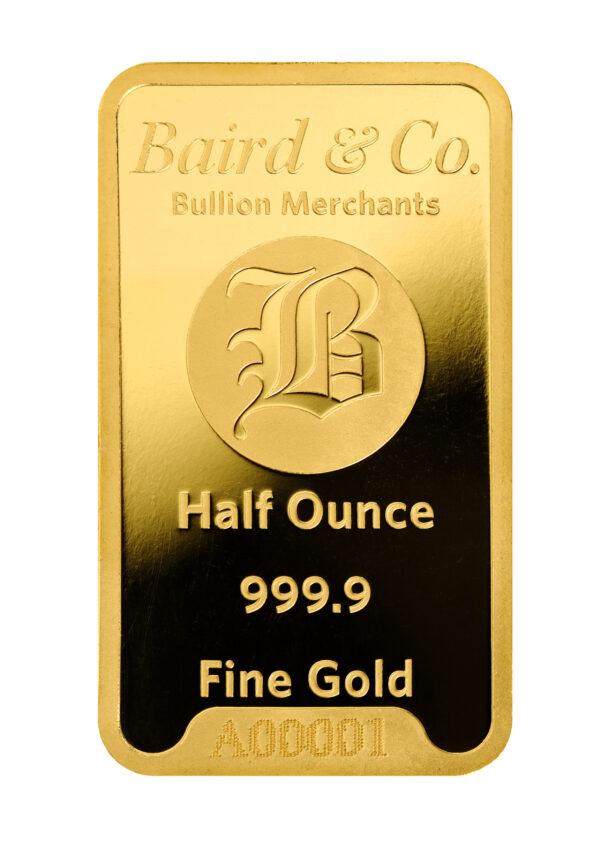Спонсоры
English vs. Frisian: The Lost Sister Language

When people think about the origins of English, they often look to Latin, French, or German for comparison. Yet few realize that English’s closest linguistic relative isn’t any of those — it’s Frisian, a little-known language spoken by fewer than half a million people in parts of the Netherlands and Germany. Once, English and Frisian were like twins, born from the same West Germanic family. Today, one has become the world’s global language, while the other remains a regional treasure. Linguists and enthusiasts who study language kinship — including resources like https://blog.appewa.com/the-closest-language-to-english/ — often highlight Frisian as English’s “lost sister.” Understanding their shared roots reveals how history, geography, and culture shaped their separate destinies.
A Shared Ancestry in the North Sea Region
Both English and Frisian descend from a common ancestor — Anglo-Frisian, a subgroup of the West Germanic languages. Around 1,500 years ago, the Angles, Saxons, and Jutes (Germanic tribes from the area that is now Denmark, northern Germany, and the Netherlands) migrated to Britain. Among them were speakers of Old Frisian, whose language was almost identical to the Old English spoken by early Anglo-Saxons.
In fact, during the early medieval period, someone speaking Old English could likely have understood much of Old Frisian. Both languages shared similar grammar, sounds, and vocabulary — far more than English shared with German or Dutch. Words like bread, boat, cold, goose, home, and stone have direct parallels in Frisian today (brea, boat, kâld, goes, hûs, and stien). These similarities make it clear that English and Frisian were once branches of the same linguistic tree.
The Sound of a Shared Past
One of the clearest signs of English–Frisian kinship lies in pronunciation and word formation. Linguists often refer to this as the “Anglo-Frisian sound shift.” This early development distinguished English and Frisian from other Germanic languages.
For example, compare these words:
| English | Frisian | German |
|---|---|---|
| cheese | tsiis | Käse |
| church | tsjerke | Kirche |
| day | dei | Tag |
| goose | goes | Gans |
| make | meitsje | machen |
These examples show that where German and Dutch used hard “k” or “g” sounds, English and Frisian softened them to “ch” or “sh” sounds — a signature trait of their shared origin. Even the rhythm and intonation of Frisian speech feels closer to English than to its continental neighbors.

Diverging Paths: History and Geography
If English and Frisian began so close, why are they so different today? The answer lies in history.
After the Anglo-Saxon migration to Britain around the 5th century, English evolved in relative isolation, while Frisian remained on the European mainland. Over the centuries, both were shaped by external influences — but from very different sources.
-
English absorbed massive amounts of vocabulary from Old Norse (through Viking invasions) and Norman French (after 1066). This layered complexity created the hybrid language we speak today.
-
Frisian, meanwhile, stayed connected to continental Europe and was influenced by Dutch and Low German. As the Netherlands grew economically and politically, Dutch gradually dominated the Frisian-speaking regions, pushing Frisian into a secondary role.
By the late Middle Ages, English and Frisian had drifted far apart. English had become a fusion of Germanic and Romance elements, while Frisian held onto its purer Germanic base but lost global reach.
Modern Frisian: The Surviving Sister
Today, Frisian survives in three main dialects: West Frisian, North Frisian, and East Frisian. West Frisian, spoken in the Dutch province of Friesland, is the healthiest of the three and even enjoys official recognition in the Netherlands. It’s taught in schools and used in local media, though Dutch remains dominant in daily life.
A simple West Frisian sentence still reveals the family resemblance:
-
Ik hâld fan dy (“I love you”) — a phrase that feels almost like its English cousin.
-
It is moai waar hjoed (“It’s nice weather today”) — again, recognizable to an English ear.
North and East Frisian, however, are critically endangered, with only small pockets of speakers left along the German coast. Efforts to preserve them continue, but like many minority languages in Europe, Frisian faces the challenge of survival in a globalized, English-speaking world.
The Irony of Fate
The contrast between English and Frisian is striking. One language grew to dominate international communication, business, and culture; the other became a regional heritage language spoken by a few communities. Ironically, the global success of English has overshadowed the language that once mirrored it most closely.
Yet, linguists still view Frisian as a living time capsule — a glimpse into what English might have looked and sounded like before French and Latin influences reshaped it. Listening to Frisian can feel like hearing echoes of early English, frozen in time but still alive.
Why the Connection Matters
Studying English and Frisian side by side reminds us that languages are living histories. They evolve with trade, conquest, migration, and technology, reflecting the stories of the people who speak them. For English learners, exploring Frisian can be surprisingly enlightening: it reveals the native Germanic roots hidden beneath the modern surface of English vocabulary.
For example, while English uses the French-derived “beautiful,” Frisian uses moai, closer to Old English mægeful — showing how English drifted toward Romance expression while Frisian stayed closer to its original form.
Moreover, recognizing Frisian’s relationship to English helps us appreciate how languages adapt and survive. While Frisian’s speaker base may be small, it remains a proud symbol of cultural identity in the Netherlands — a reminder that linguistic heritage can thrive even without global power.
A Shared Legacy Across the Sea
English and Frisian began as siblings, separated not by time but by the sea. One ventured into empire and modernity; the other stayed close to home, preserving echoes of their shared ancestry. Together, they tell a story of how languages change, merge, and endure — shaped by history but bound by origin.
Though few today know Frisian, its kinship with English continues to fascinate linguists and history enthusiasts alike. It stands as proof that even as languages evolve and diverge, the bond of their beginnings never fully fades — it simply changes shape, carried forward in every familiar word we still speak today.







